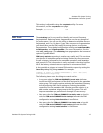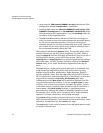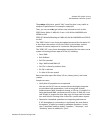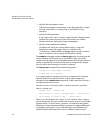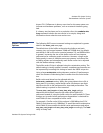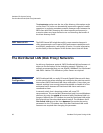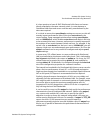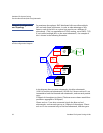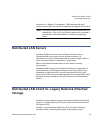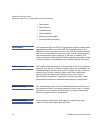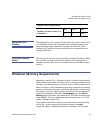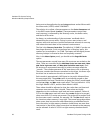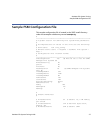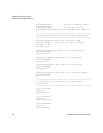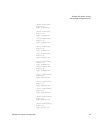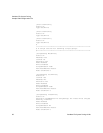
StorNext File System Tuning
Distributed LAN Servers
StorNext File System Tuning Guide 23
maximum of 1 GByte/s of throughput. SNFS automatically load-
balances among NICs and servers to maximize throughput for all clients.
Note: The diagram shows separate physical switches used for the two
subnetworks. They can, in fact, be the same switch, provided it
has sufficient internal bandwidth to handle the aggregate
traffic.
Distributed LAN Servers
Distributed LAN Servers must have sufficient memory. When a
Distributed LAN Server does not have sufficient memory, its
performance in servicing Distributed LAN I/O requests might suffer. In
some cases (particularly on Windows,) it might hang.
Refer to the StorNext Release Notes for this release’s memory
requirements.
Distributed LAN Servers must also have sufficient bus bandwidth. As
discussed above, a Distributed LAN Server must have sufficient bus
bandwidth to operate the NICs used for Distributed LAN I/O at full
speed, while at the same time operating their Fibre Channel HBAs. Thus,
Quantum strong recommends using PCI Express for Distributed LAN
Servers.
Distributed LAN Client Vs. Legacy Network Attached
Storage
StorNext provides support for legacy Network Attached Storage (NAS)
protocols, including Network File System (NFS) and Common Internet
File System (CIFS).
However, using Distributed LAN Client (DLC) for NAS connectivity
provides several compelling advantages in the following areas:



